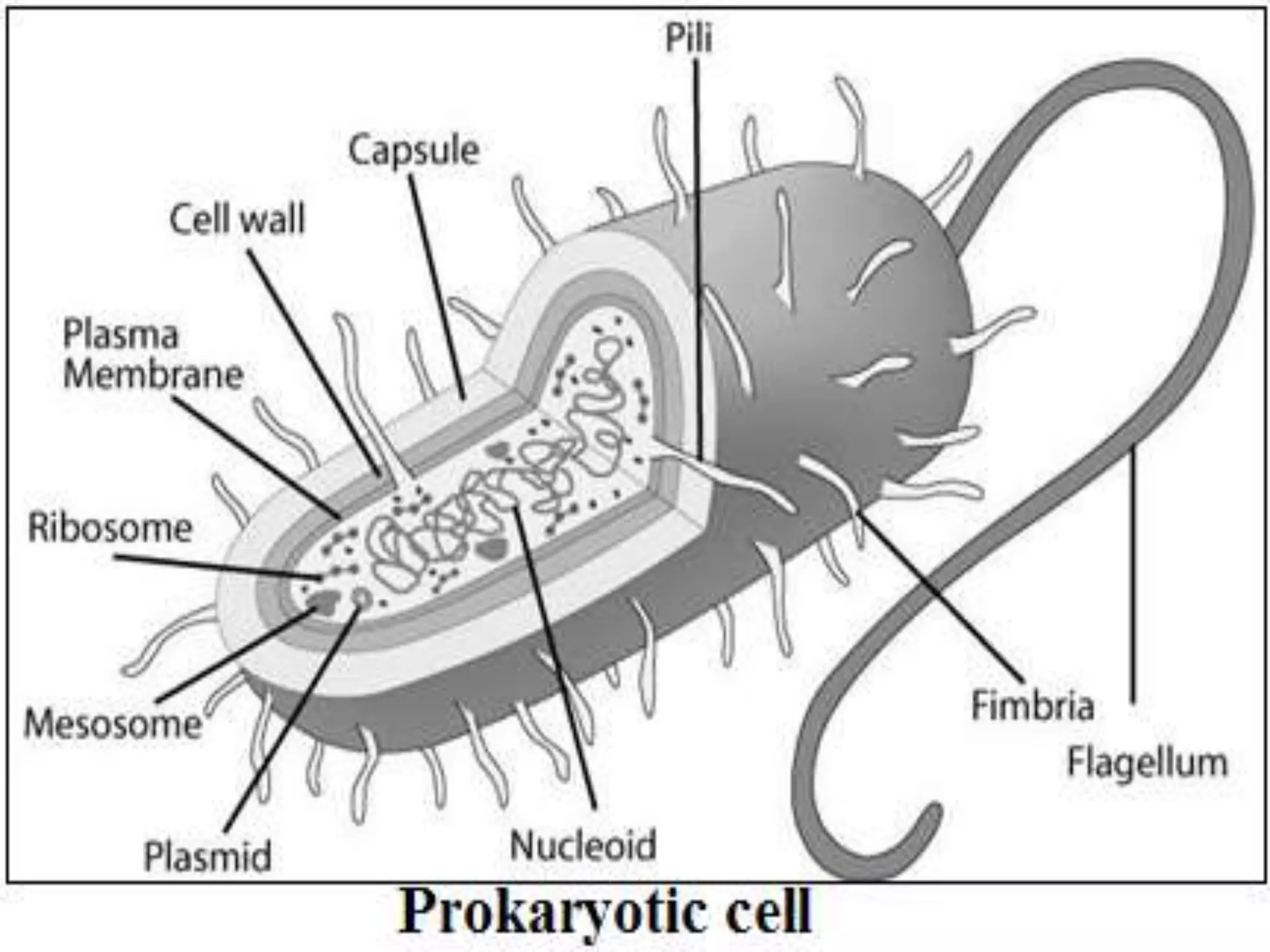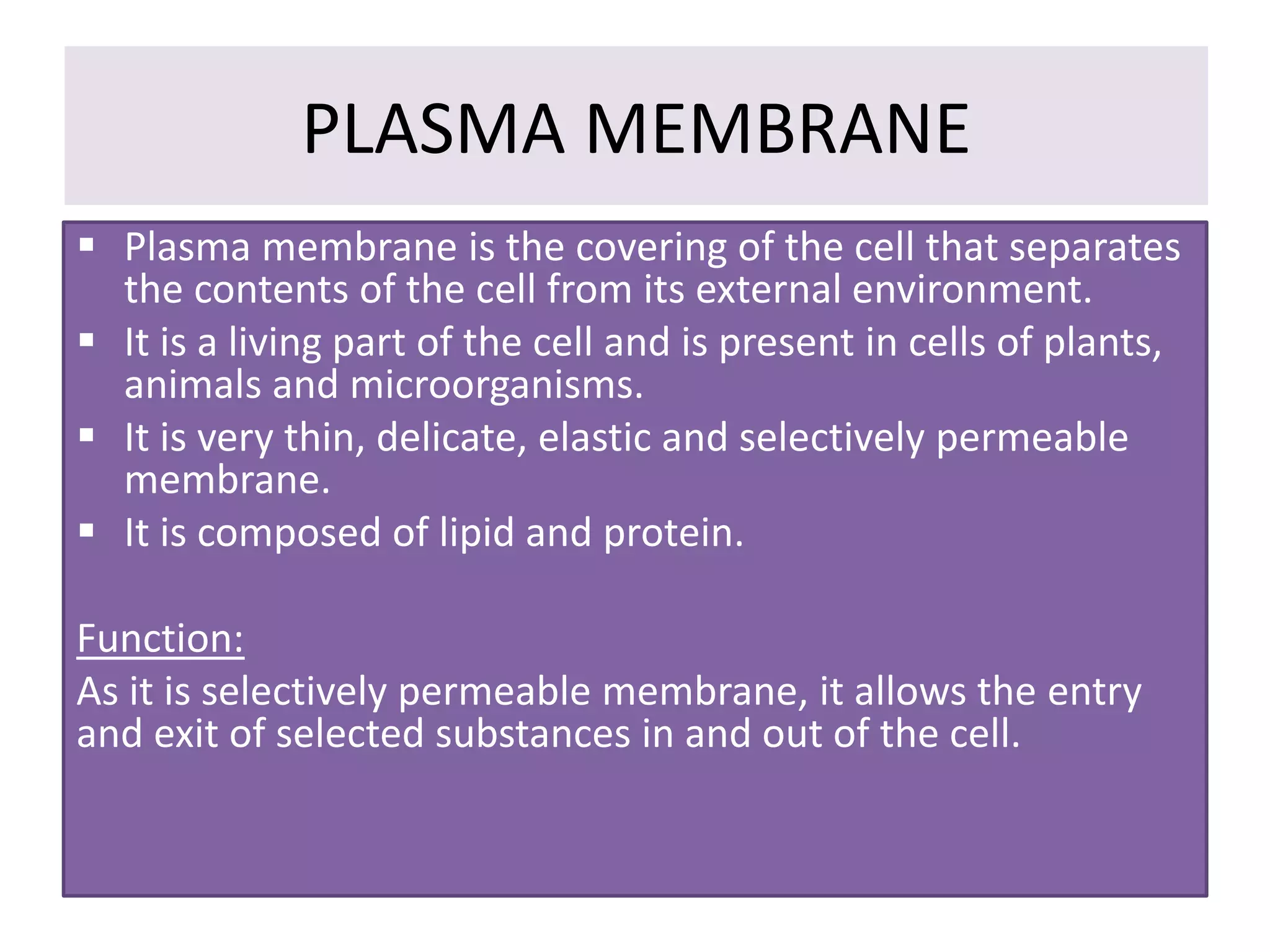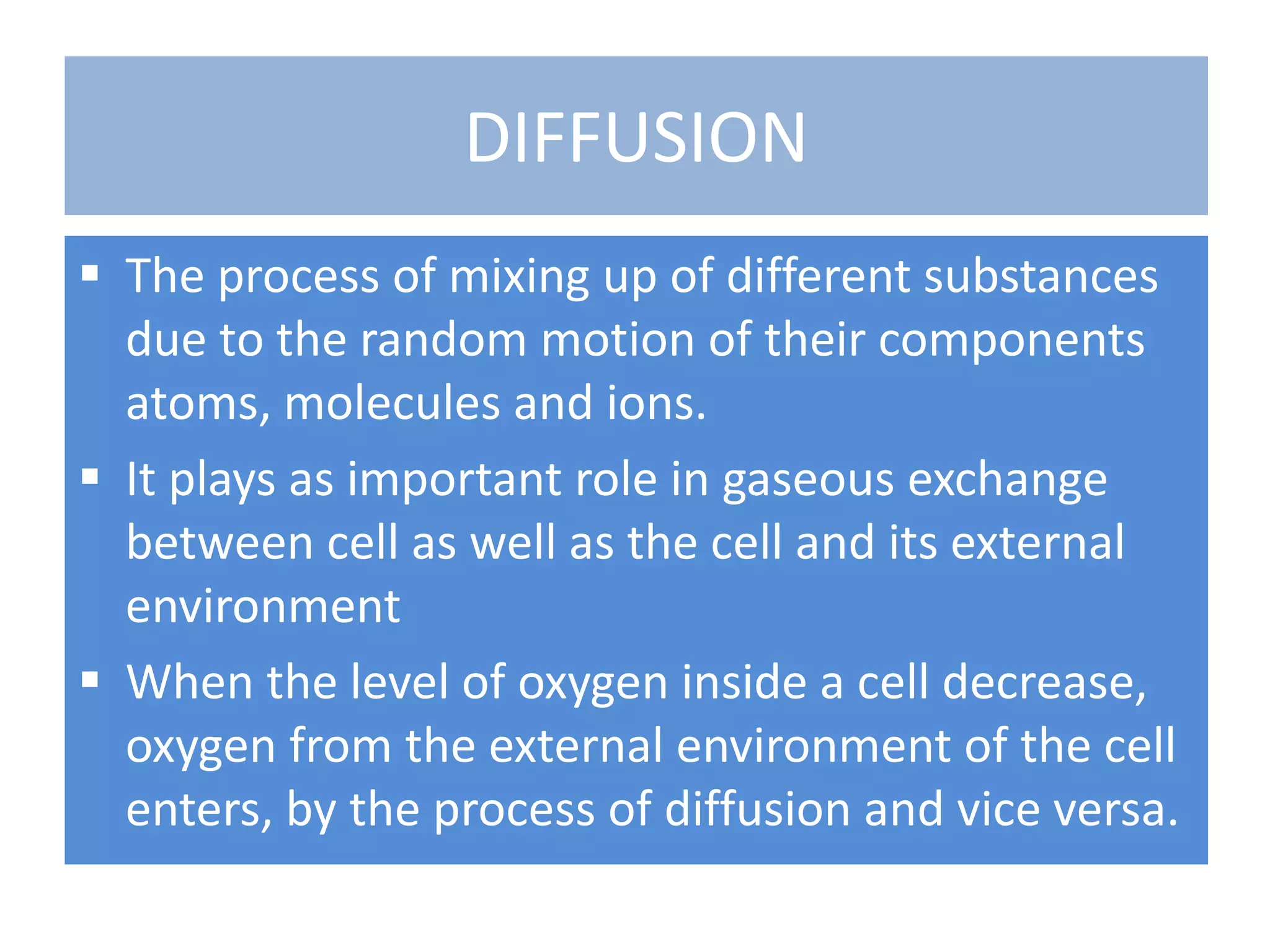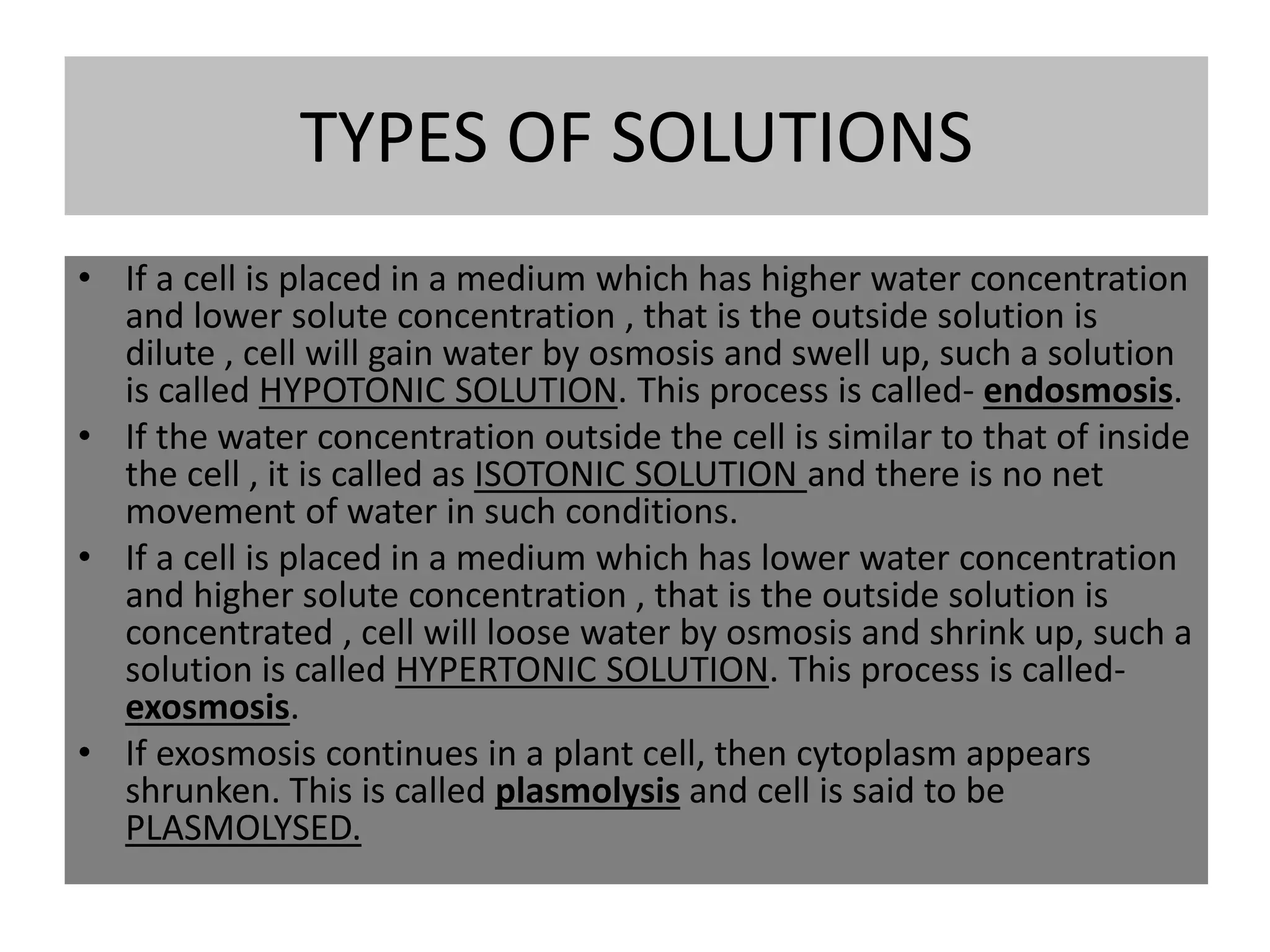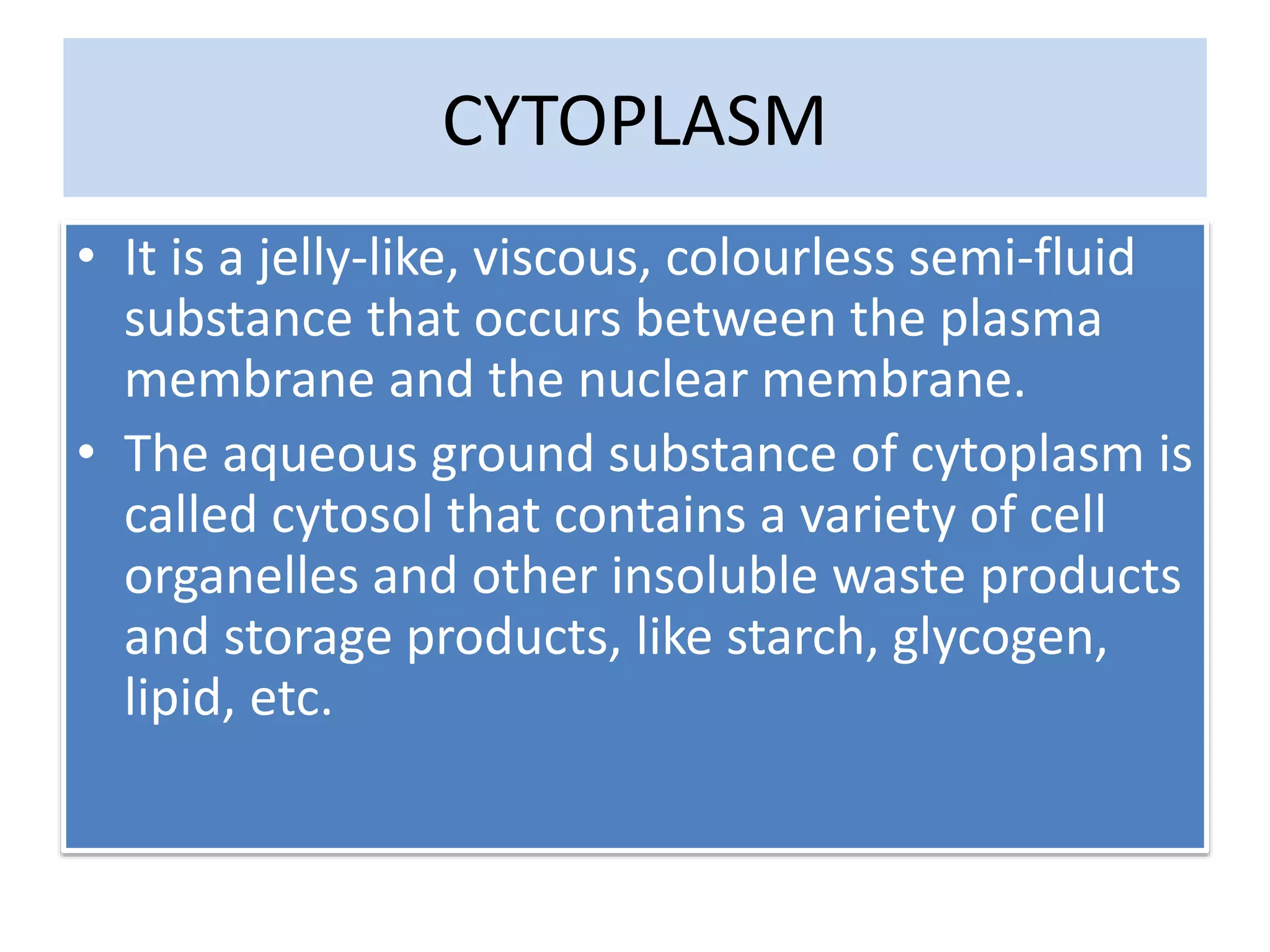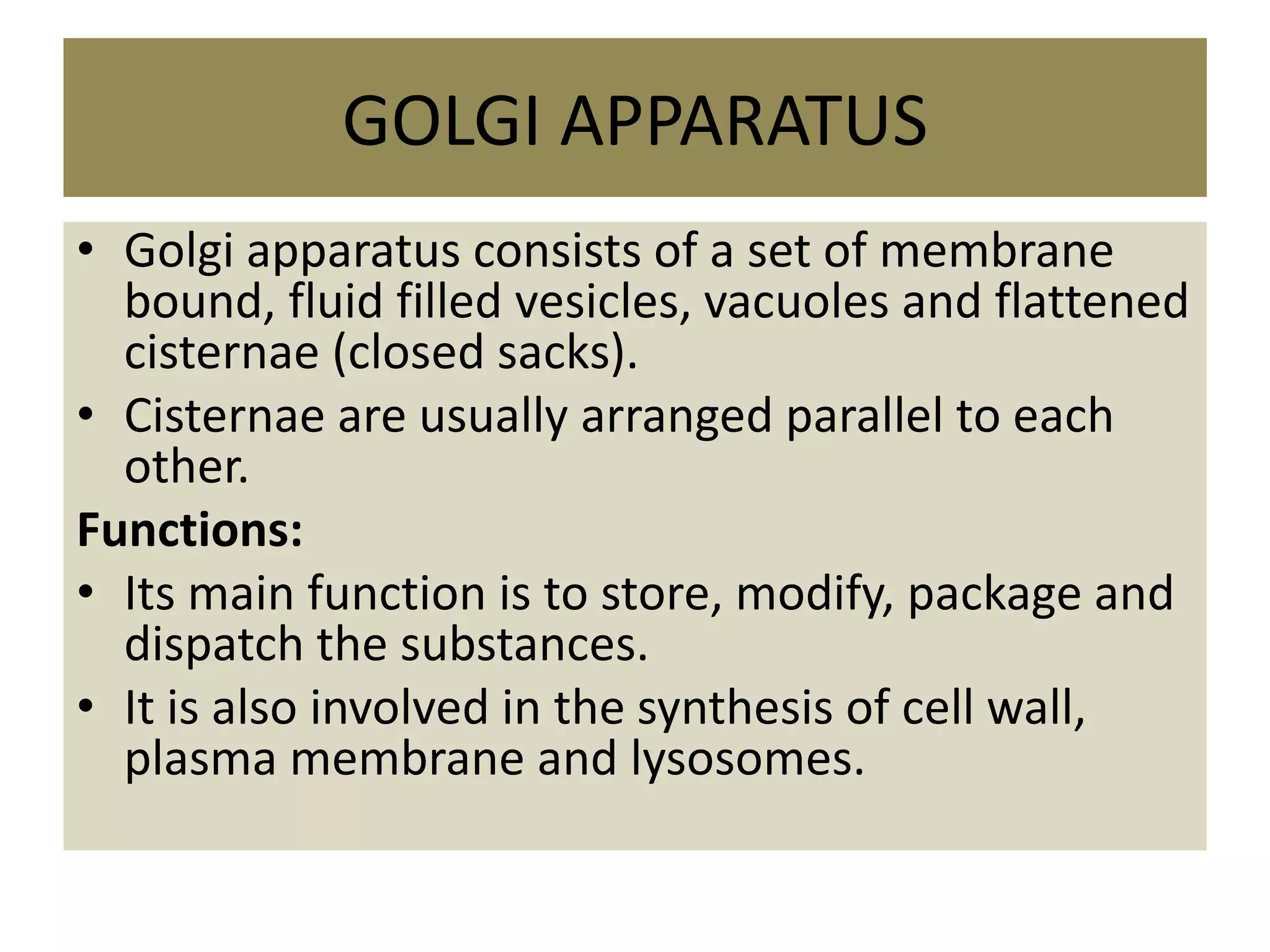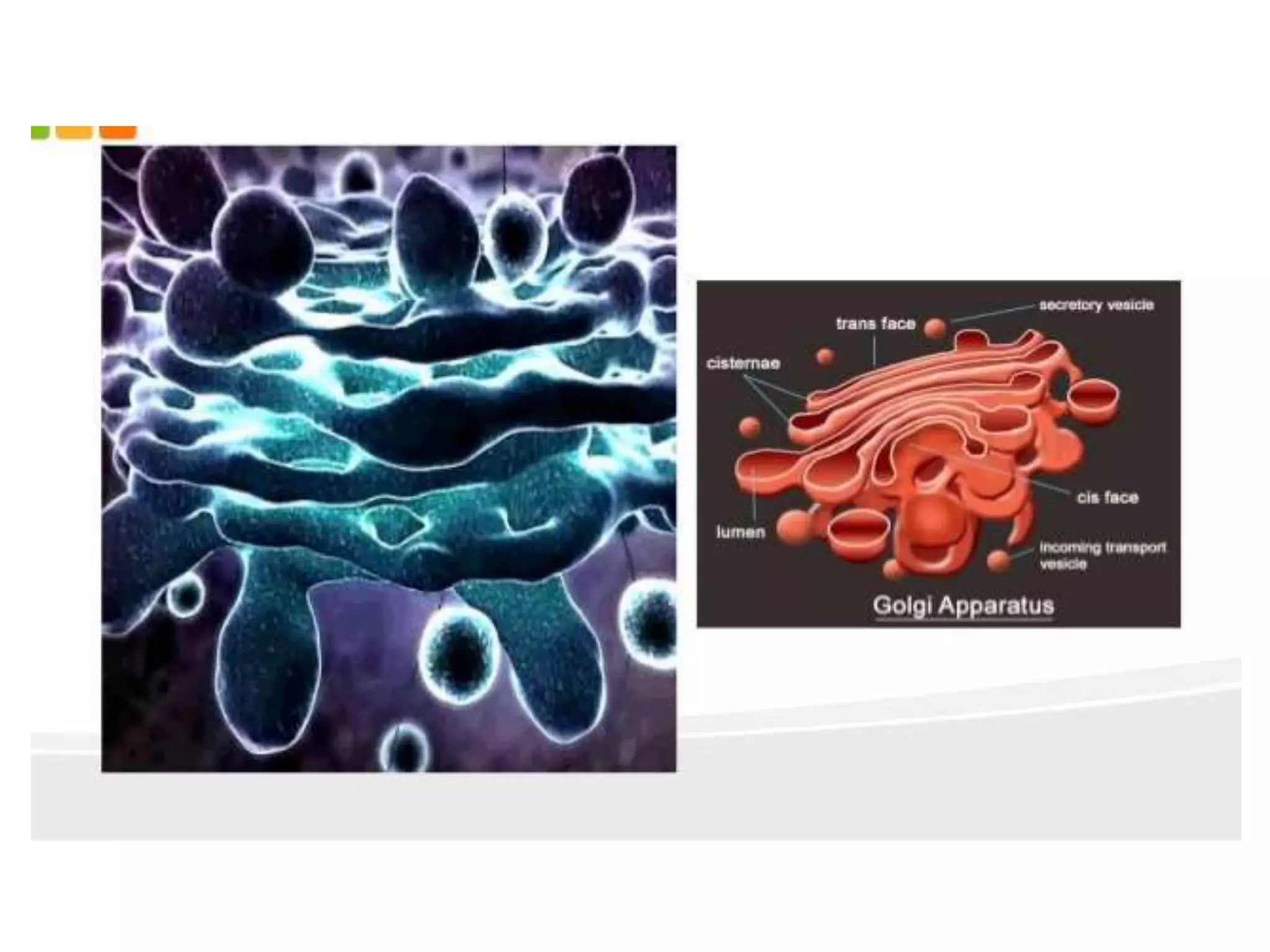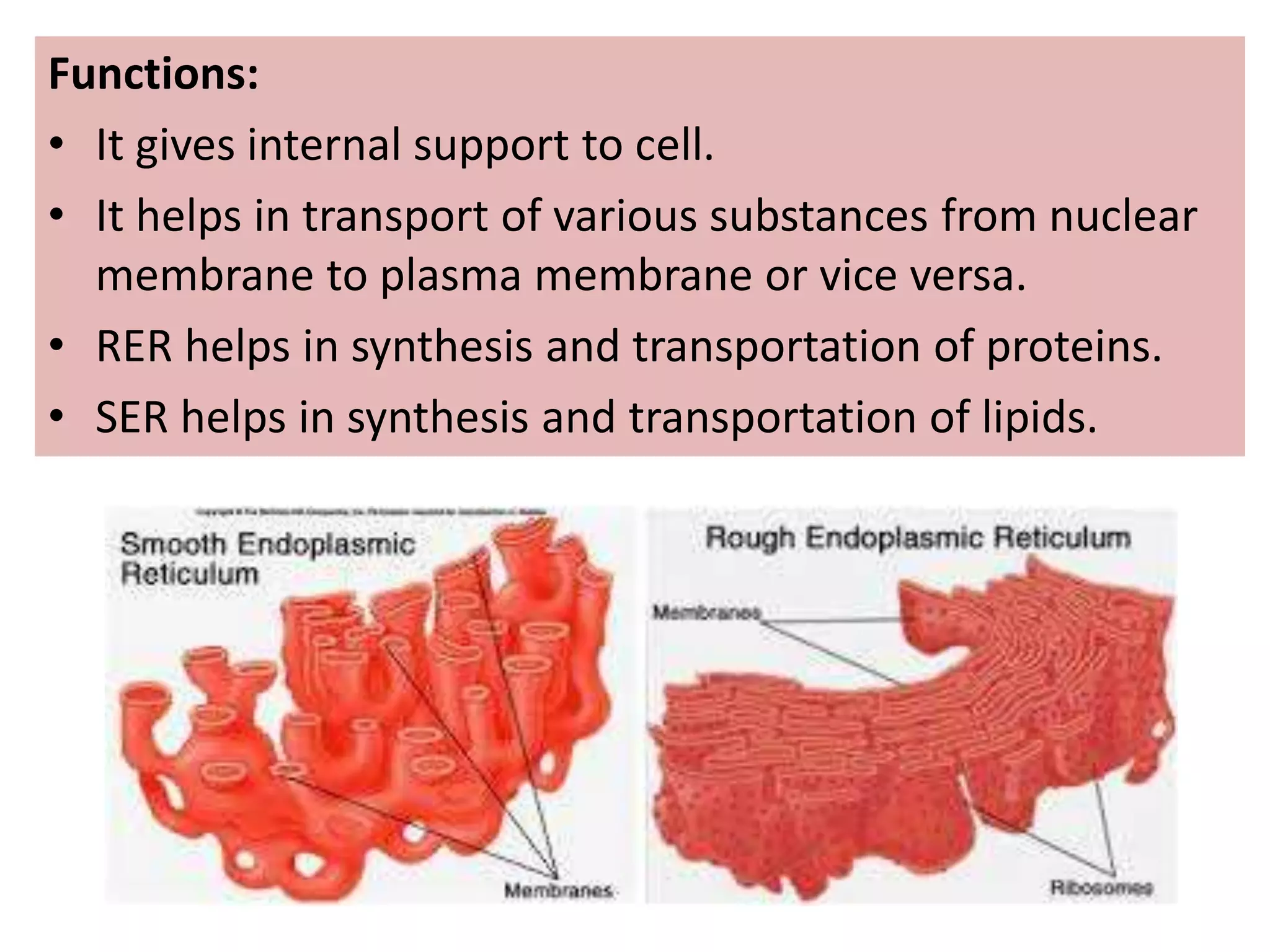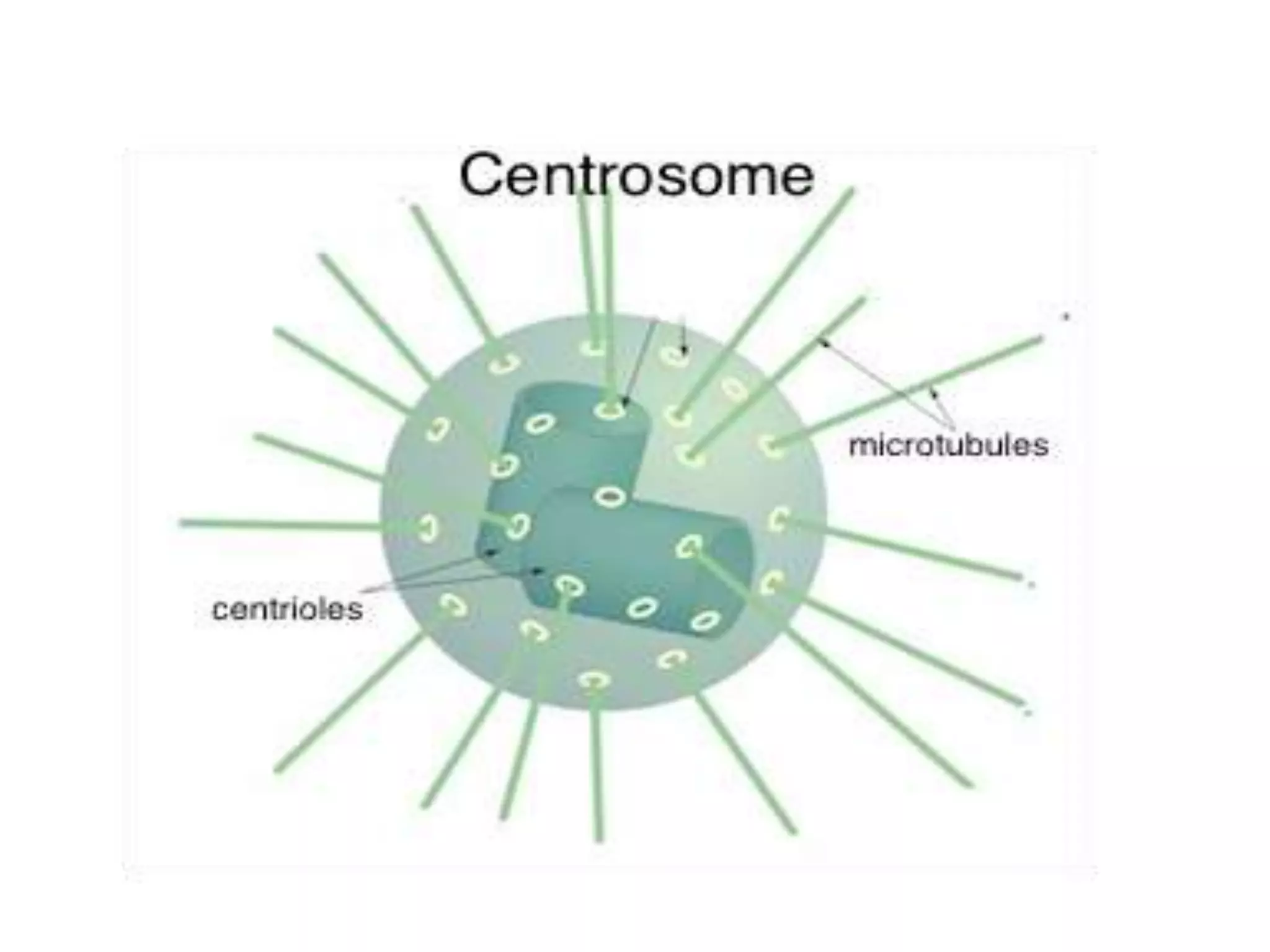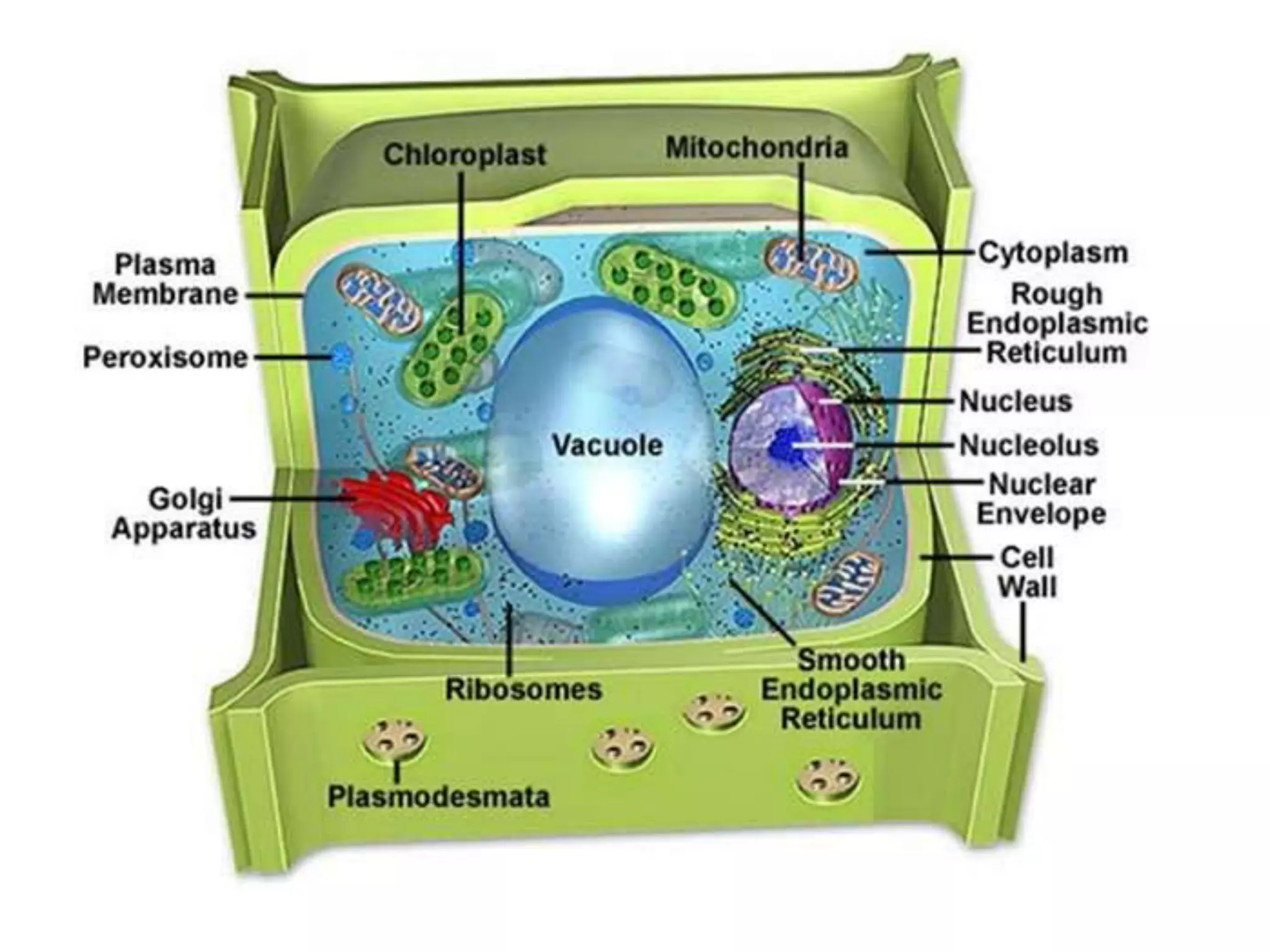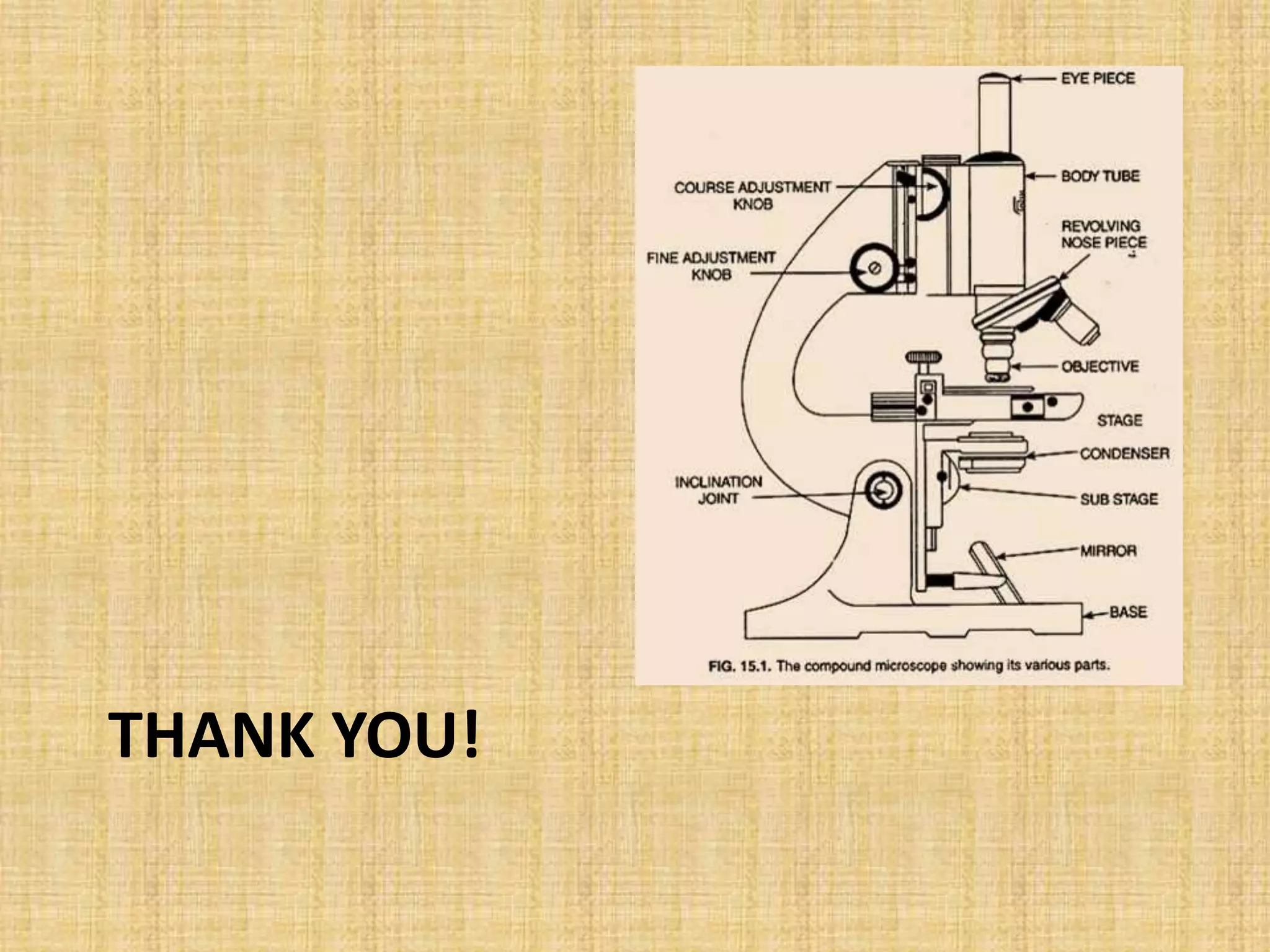Cell is the fundamental unit of life. It is the structural and functional unit that forms the basic unit of all living organisms. There are two main types of cells - prokaryotic and eukaryotic. Prokaryotic cells like bacteria are simpler with no organelles while eukaryotic cells like plant and animal cells are more complex with membrane-bound organelles. The cell consists of a plasma membrane, cytoplasm and nucleus. Within the cytoplasm are various organelles that perform specific functions like mitochondria, chloroplasts and lysosomes.



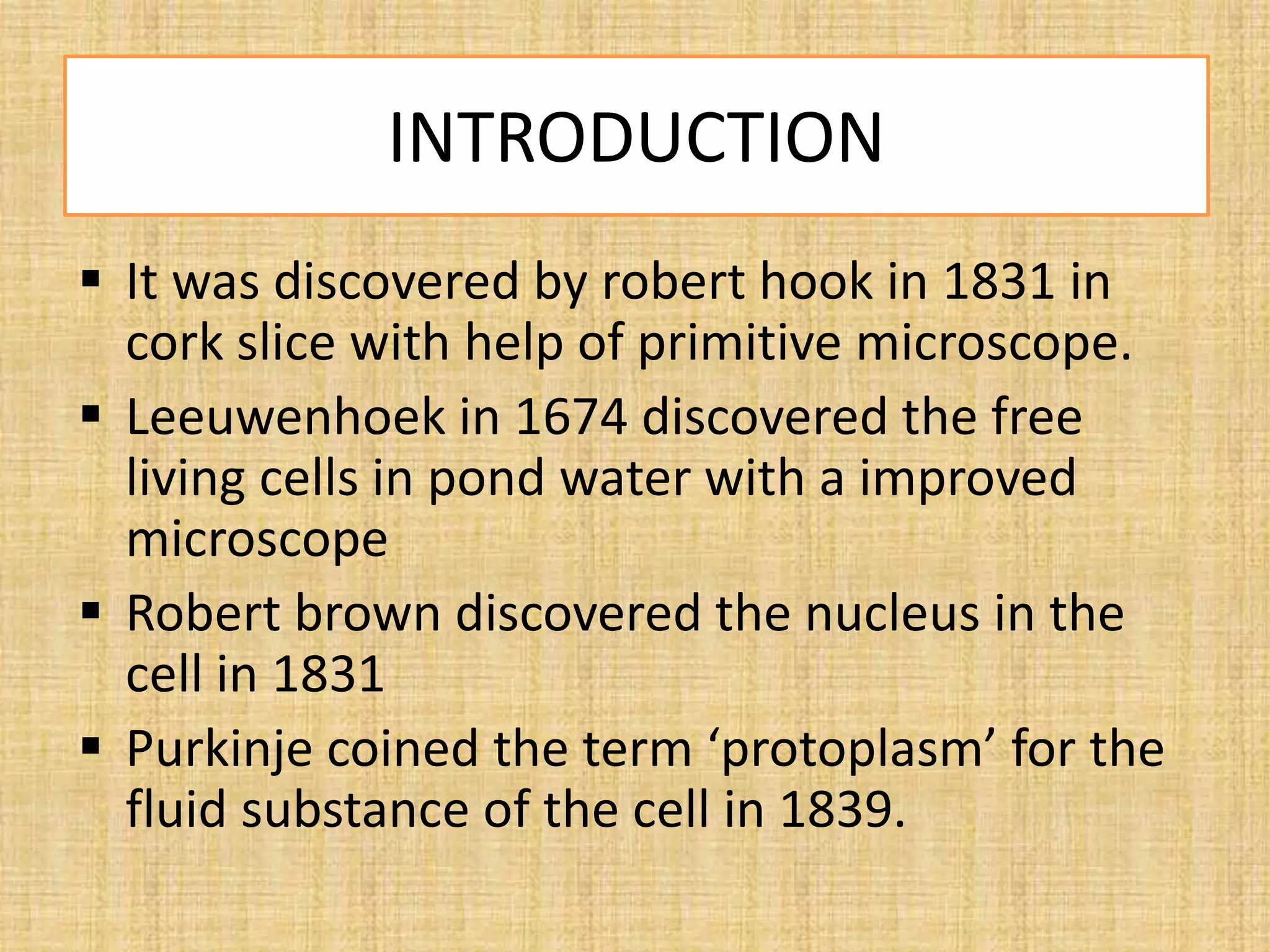

![TYPES OF ORGANISMS
[on basis of number of cells]
UNICELLULAR ORGANISMS
• Some organisms are single
celled which perform all the
functions by itself and are
called unicellular organisms
.
• e.g. – amoeba ,
paramecium, bacteria, etc.
MULTICELLULAR ORGANISMS
• many cells grouped
together to perform
different function in the
body and also various body
parts are called multicellular
organisms.
• e.g. – fungi, plants, animals,
human being etc.](https://image.slidesharecdn.com/thefunamentalunitoflife-200330164530/75/The-funamentalunit-of-life-6-2048.jpg)



